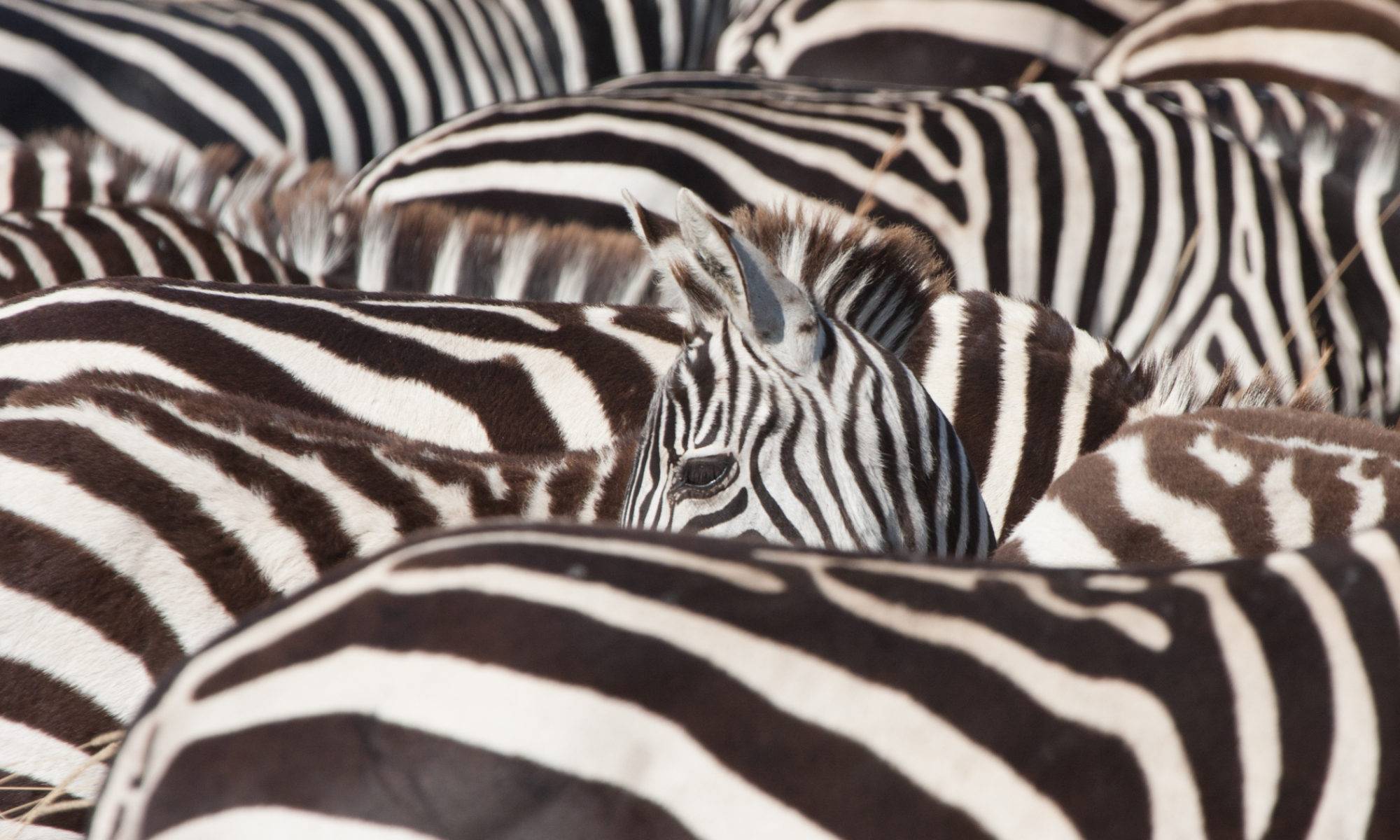Too many pictures to keep up with, so I stopped posting. We’re back now and I’m wading through the 35000 pictures. These aren’t necessarily the best pictures…
After a bumpy afternoon and night leaving South Georgia we had two full days at sea en route to Elephant Island. The first included a detour to see A23a, the world’s largest iceberg, with enough fresh water to give 5 litres of water to every person on the planet for 70 years. It’s about the size of Greater London, or about 0.17 Wales in proper units. We all rushed out to see it as we drew up to it – I don’t know why: we were sailing past it for four hours. Obviously a huge cold thing in the middle of the sea generates a fair bit of murk, so the pictures are a bit average. There were some decent birds, though.
On the second day we had to pick our way through a field of sea ice, which was fun and had some great wildlife, including our first good views of Southern Fulmar and a very frustrating Antarctic Petrel, which flew behind me so I missed it. I had a rubbish view of one later, but the stars of the show were the whales: Humpbacks will bore you in later posts, so no pictures, but Fin Whale was nice and a female Blue Whale with a calf was magnificent.

